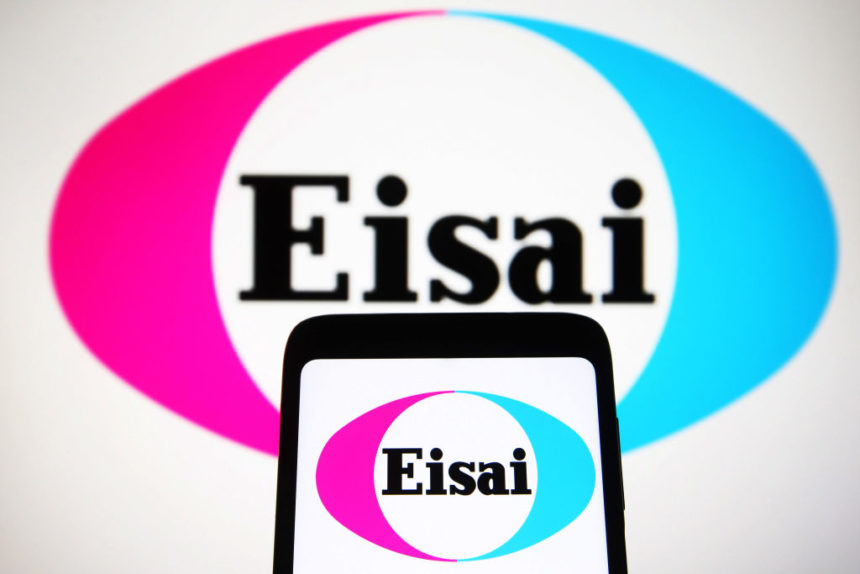Early launch plans for closely-watched Alzheimer’s drug Leqembi went off without a hitch, say execs from Japanese pharma company Eisai.
The product’s long-term viability, though, depends on securing full regulatory approval. Until then, coverage for its largest patient population will remain severely limited.
Leqembi received an accelerated approval from the Food and Drug Administration on January 6. Since then, the initial launch has been “smooth and very much on-track,” reported Ivan Cheung, Eisai SVP, global Alzheimer’s disease officer, and president of the Americas region, during Eisai’s quarterly earnings presentation on Monday.
As proof, Cheung noted that Eisai, which is leading the rollout, notched a trio of firsts in quick succession, beginning with the drug’s initial recorded sales on January 18. Five days later, Eisai saw the first prescription for Leqembi written, followed by the first patient infusion on February 3.
Those first prescriptions and infusions were for patients who met the criteria for receiving free drugs under Eisai’s prescription assistance program, or those paying cash. The company said it’s still actively engaged with the Centers for Medicare and Medicaid Services (CMS), which covers 85% of the likely Leqembi patient population, as well as other payers like the Department of Veterans Affairs and commercial insurers.
As it stands, Medicare access remains limited to patients who are enrolled in clinical trials. That policy, which severely restricts uptake of the drug, spelled the undoing of Leqembi’s predecessor, Aduhelm, which was marketed by Biogen until it was forced to lay off its sales force and pull back on other commercial activities.
So while it appears that Leqembi is off to a good start, most analysts agree that the product’s long-term viability depends on receiving full or traditional approval from the FDA. Eisai filed for that approval on the same day that it received the accelerated greenlight.
The supplemental BLA application was based on results from the CLARITY-AD trial, which showed a statistically significant slowing in cognitive decline among those who took the drug. Cheung said that full regulatory clearance, and broader Medicare coverage, could come as early as this summer, provided FDA consents to an expedited review.
He added that the market has responded well with regard to the “rationale and mathematics” behind the U.S. pricing dynamics and the societal value of Leqembi.
Indeed, Eisai has been proactive on pricing for the new Alzheimer’s med, which it listed for $26,500 per year for a patient of average weight, despite the company having estimated Leqembi’s societal value to be $37,600 annually per patient.
“Over 10 years, the gradual adoption of Leqembi, at this pricing approach, could give back about 60% of the potential, positive social impact of several tens of billions of dollars to U.S. society,” Cheung said.
The remaining 40%, he added, would be accrued by employees and shareholders, and reinvested in R&D for future AD treatments.
With the transparent approach, the firm sought to get in front of what it knew would be a hot topic by setting the narrative for the value of its product. It’s a communications approach which, historically speaking, few pharma companies have taken.
On an ex-U.S. basis, regulatory applications for Leqembi have been filed with authorities in the E.U. and Japan, and the company has begun the process to gain clearance in China.
Critics have pointed out that safety and efficacy concerns remain, namely a form of brain bleeding and swelling known as amyloid-related imaging abnormalities (ARIA).
Cheung added that the company launched an ARIA education program, called ”Understanding ARIA,” on January 25 and also went live with self-directed educational modules, peer-to-peer interactive training and case reviews for imaging experts and academic medical societies.







